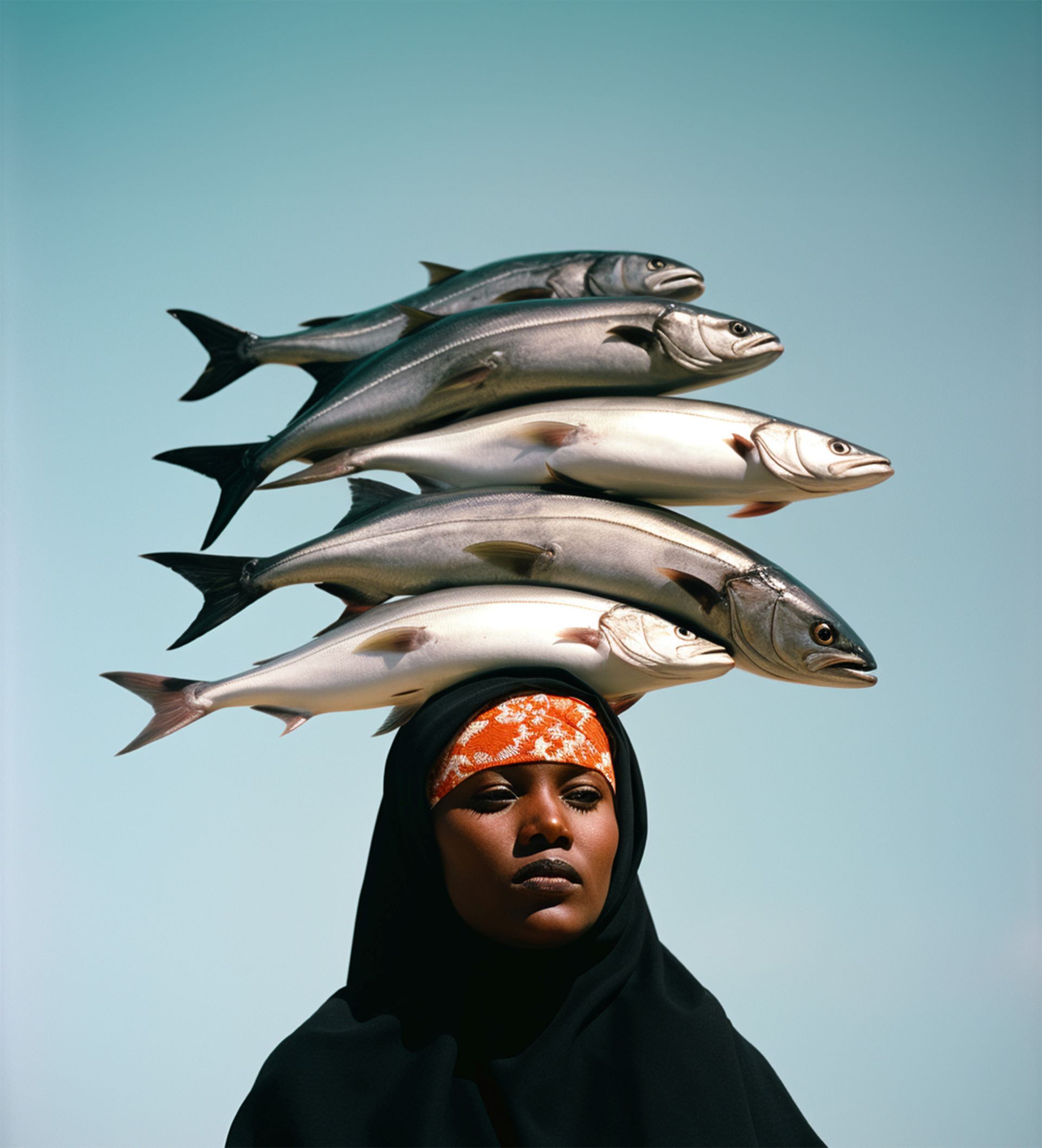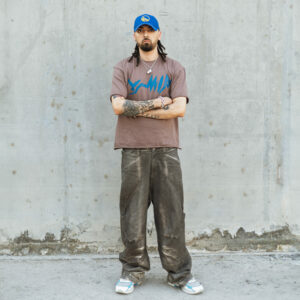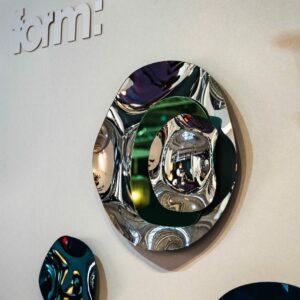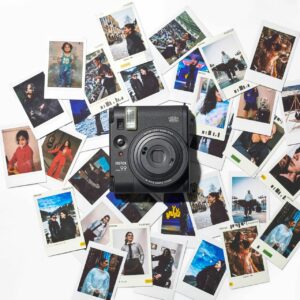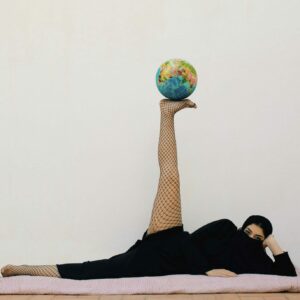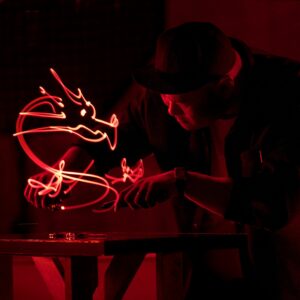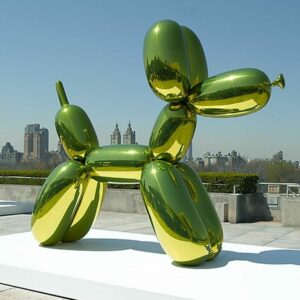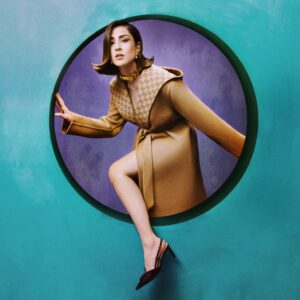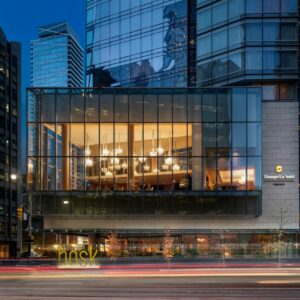Are they real? That’s the first question that pops into your mind when you see the work of Mujahid Al Malki, the Omani photographer and image maker behind Sard Visuals (Instagram). Well, of course they are, they’re real images. However, they’re created using artificial intelligence (AI) and Al Malki’s own imagery, and as a result they blur the lines between photography and a new form of digital art. Whatever they are, they’re thought-provoking, and many of them are very, very fun.
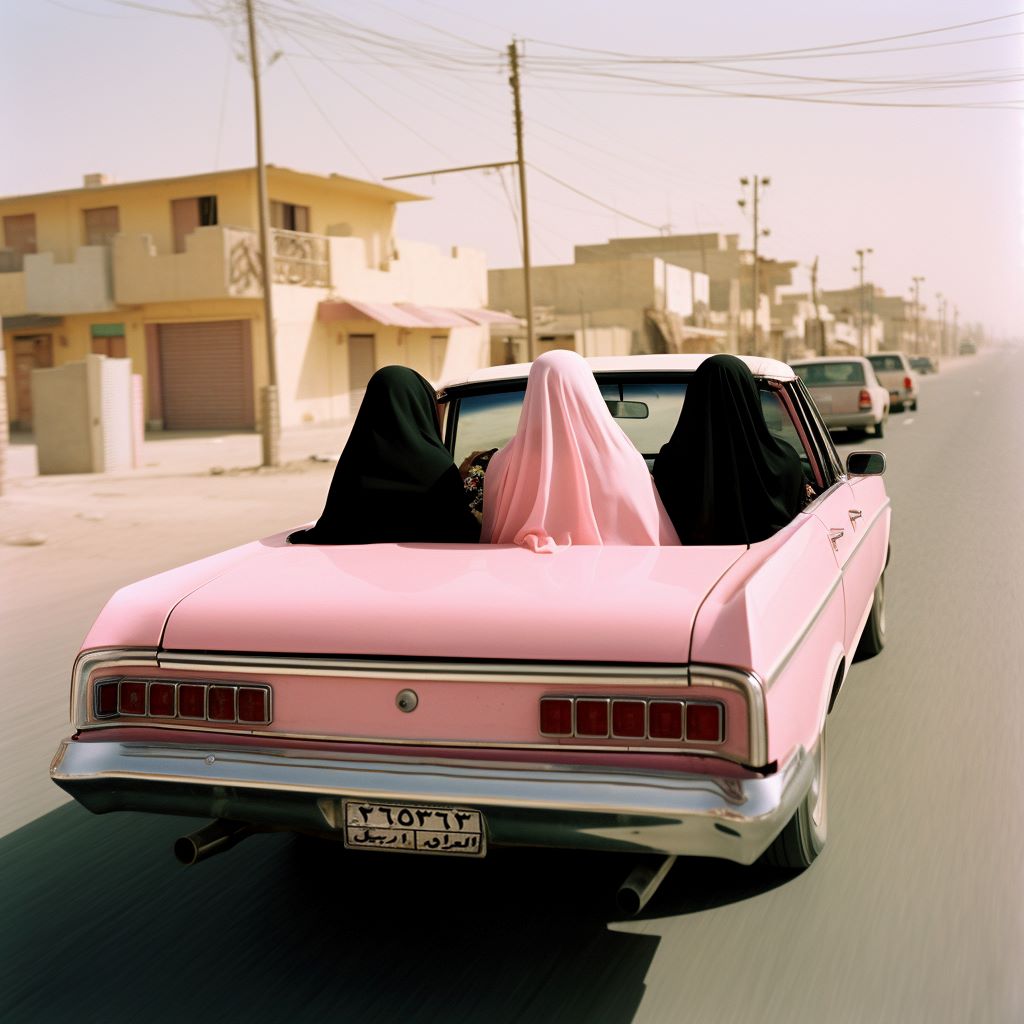
AI and art. The very idea raises uncomfortable questions. If something is made by a machine, then is it “art”? If it uses elements and ideas found on the Internet – and therefore made by somebody, at some point – is it original? Is this a form of artistic or intellectual theft? Who’s the creator? Who’s the owner of the final piece? The more you think about it, the more questions occur to you. What is certain, however, is that AI art (or AI “art”) is here to stay.
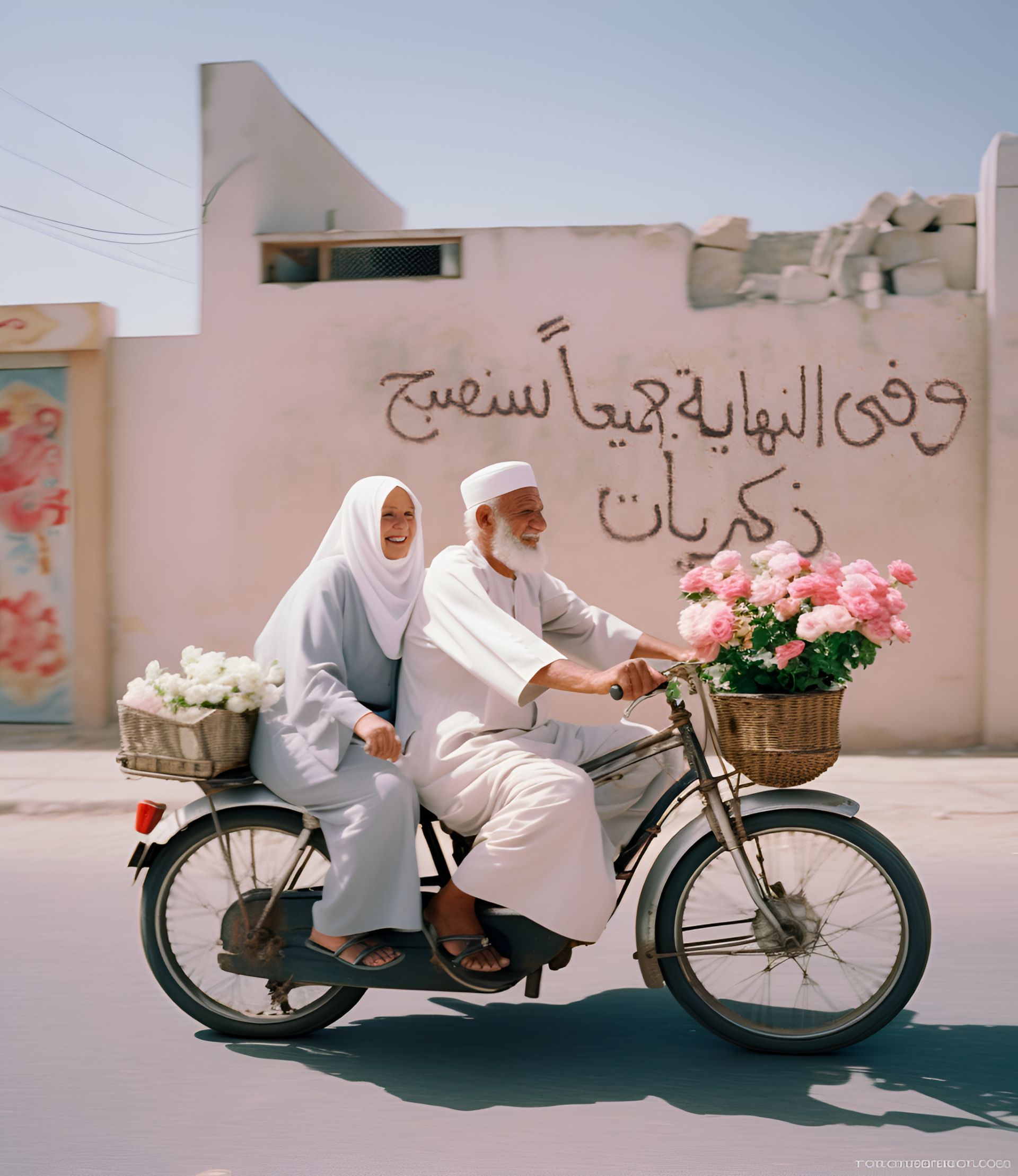
Sard, which roughly translates to “storytelling”, or “narrative”, was founded in 2023 as an initiative to bring together AI and photography to create images of contemporary Arab culture. “My fascination with merging artificial intelligence and visual arts was ignited by witnessing the transformative potential of AI in creative realms. This interest culminated in the establishment of Sard Visuals, where AI serves as a catalyst for pushing the boundaries of traditional artistic expression,” says Al Malki.
It’s this pushing of boundaries that leaves many uncomfortable, but Al Malki believes that humankind is very much at the forefront of the process, “While AI offers immense possibilities, it is human intuition that guides the creative process, ensuring a harmonious fusion of technology and artistic vision,” he says. However, this is but an opinion, the line isn’t clear, that’s for sure. Without delving too deeply into an artist’s process, the combining of original works, cleverly directed prompts and the output of an algorithm is what creates these machine- and man-inspired pieces. Quite how that all comes about is down to the artist and where you stand in terms of the man vs. machine debate is entirely up to you.
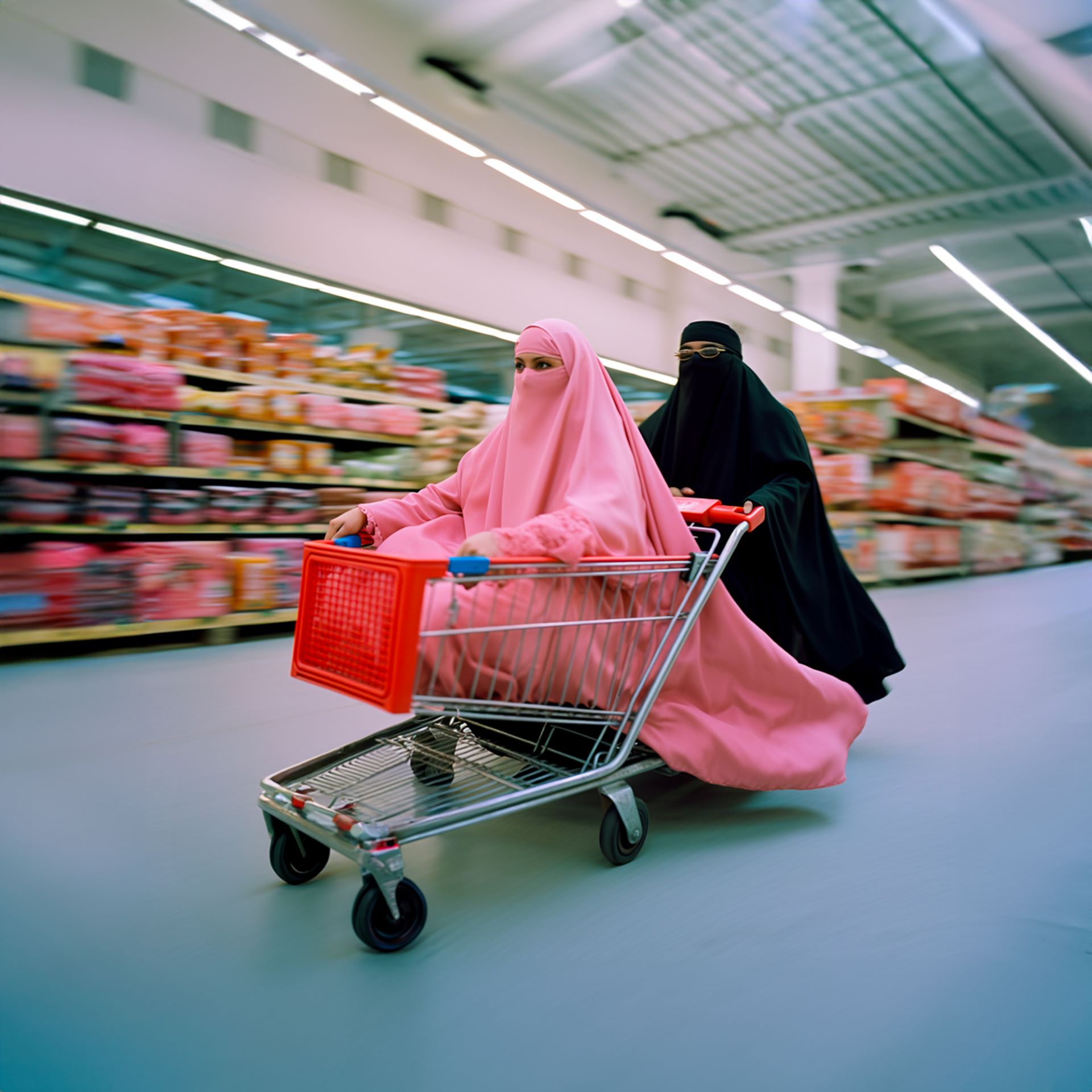
“Incorporating AI into my creative process posed various challenges, from mastering technical complexities to maintaining artistic integrity. Additionally, I used a lot of graphic design through multiple [pieces of] software to enhance the image. Through perseverance and experimentation, I overcame these obstacles, continually refining my approach to harness the full potential of AI in my artistry,” says Al Malki. We’re long acquainted with the idea of Photoshop and other similar programs, indeed, their use is so prevalent that “to Photoshop” something has entered our language, we understand it, we’re not entirely comfortable with it, but it’s there.
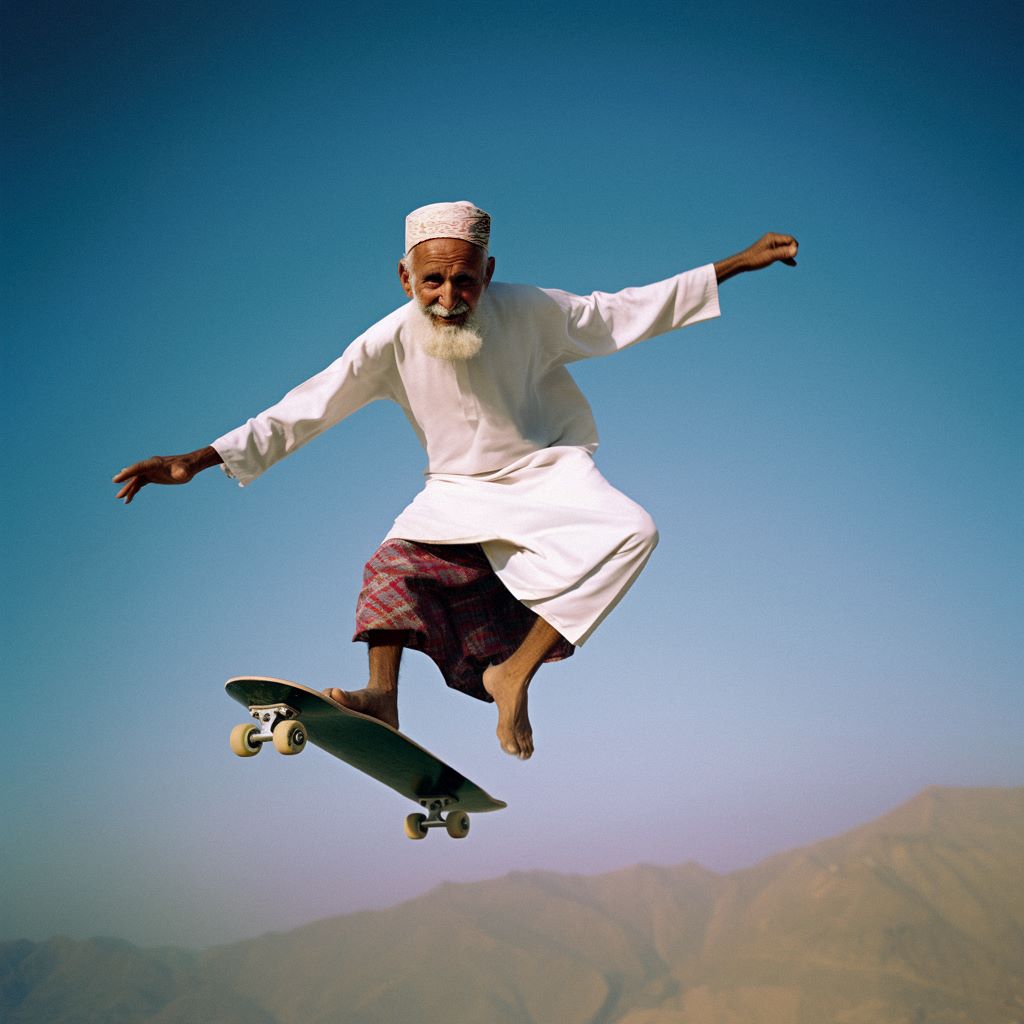
Al Malki is transparent, if not specific, about his process. He begins by taking photos that “tell a story or evoke certain emotions”. He then uses AI to “transform” the images into something new, “Sometimes I even mix in other photos to create something visually interesting,” he says. But above, the process takes his original photos, his original art, and blends it with AI to create new artworks. AI is therefore, for Al Malki, a tool with which he enhances and changes his own work. Is it then that much of a stretch away from Photoshop? The initial response might be, “Yes, this is entirely different”. But is it? The starting point is Al Malki’s own work, after all. The works themselves, and the original photos they draw from, vary from spontaneous shots to more staged affairs, but there’s a sense of fun in the vast majority of them. While the images are immersed in reality, the stories they tell can be figments of his imagination, drawn from real life, but created as art, a platform through which he tells stories, or evokes emotions. In this final sense, it’s no different from traditional art.
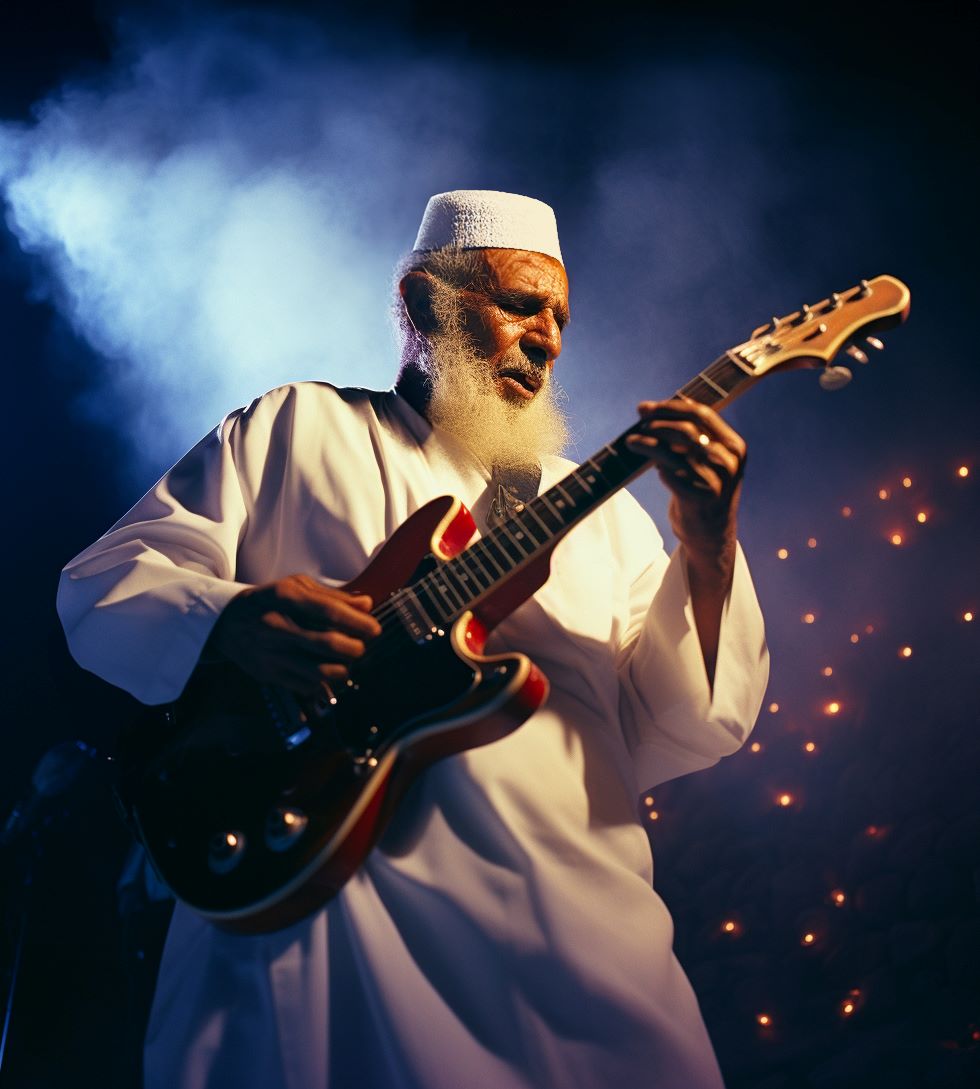
Ethical questions and the search for clarity aside, Al Malki is working with a certain fresh, pop art appeal, crafting images that, to many outside our region, might seem entirely at odds with the long-established, Western dominated, narrative. Girls ride motorbikes, old men volley footballs, mums and daughters race in trolleys through supermarkets, white beards rock out on electric guitars, a group of women in colourful dress tour the desert in the back of a pickup. It’s all refreshingly normal and it’s all presented in a contemporary, clean style. Al Malki says that his goal is to tell a compelling story with each image and your imagination certainly runs free when you see some of his pictures. Who is the old man with the guitar, what’s he playing? The piece is titled “Living on a Prayer” in a funny play on religious conviction and a potential love of Bon Jovi’s masterpiece. Art is often incredibly serious, people speak of emotions an awful lot, well, amusement is an emotion, laughter is a response, and both are valid.
All this is about taking cultural and historical narratives from our region and retelling them in a contemporary manner, “For example, the piece where I paid tribute to the legendary Egyptian artist Um Kulthoom showcases how I incorporate cultural icons and narratives into my contemporary works,” he says. In the image, the icon stands in a pink Nike tracksuit, tennis racquet in hand, perhaps taking time out from a recording session. Somehow, I doubt she’s playing, her hair seems a little too perfect.
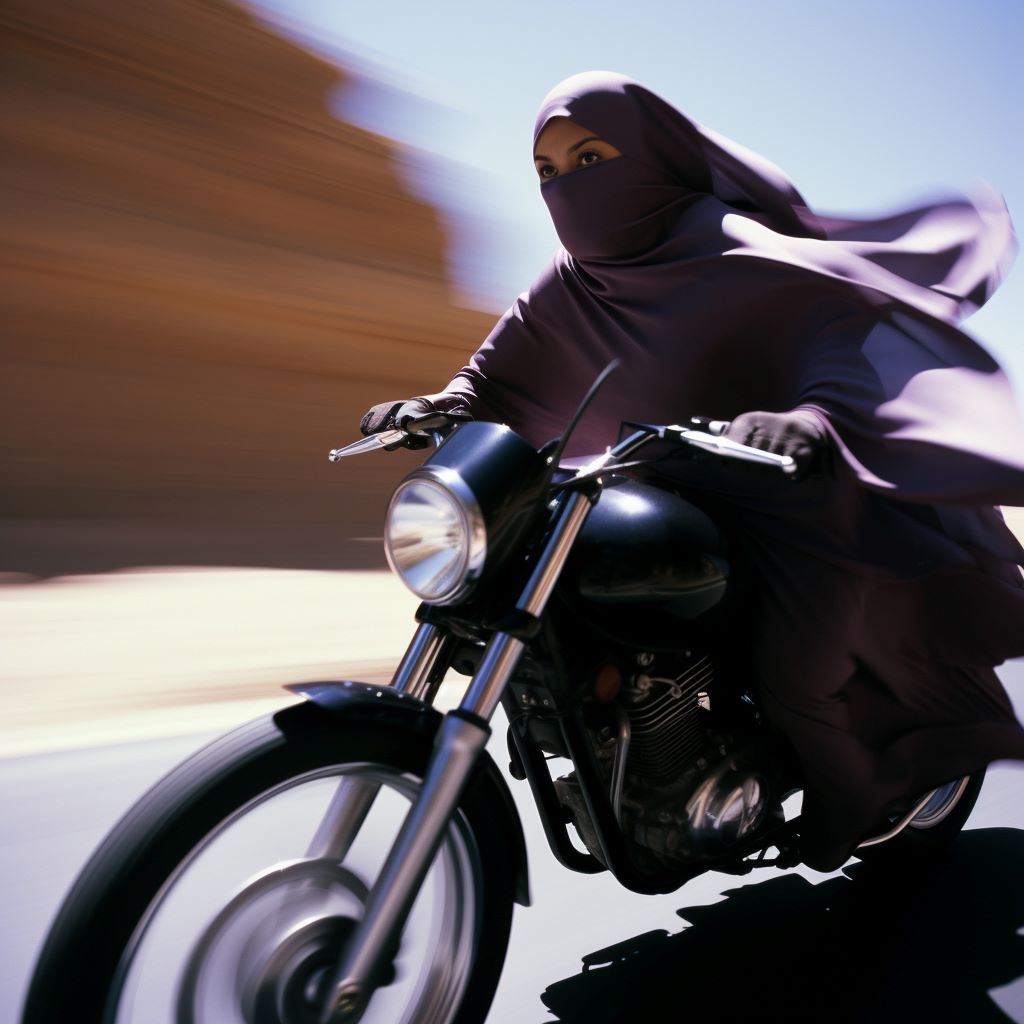
Much of his work is set against a familiar backdrop; sweeping dunes, low mountains, single-storey sand-coloured buildings, this is all clearly a take on our region, and Al Malki is doing this on purpose, “Elements from my upbringing, such as vibrant landscapes and rich traditions, manifest in my art, enriching it with unique perspectives and narratives,” he says.
What’s clear is that, according to Al Malki, his works are well received and Sard Visuals is getting a lot of positive feedback. He puts this down to the idea that his pieces are instantly recognizable, instantly human, despite the fact that they’re created with AI. There’s no dystopian element here, it’s all there in front of you and it’s all clearly labelled. That’s also part of Al Malki’s appeal, he’s open about it, it’s transparent. Wherever he posts his work, it’s all clearly labelled as AI-influenced. There’s no subterfuge here, it’s all out in the open.
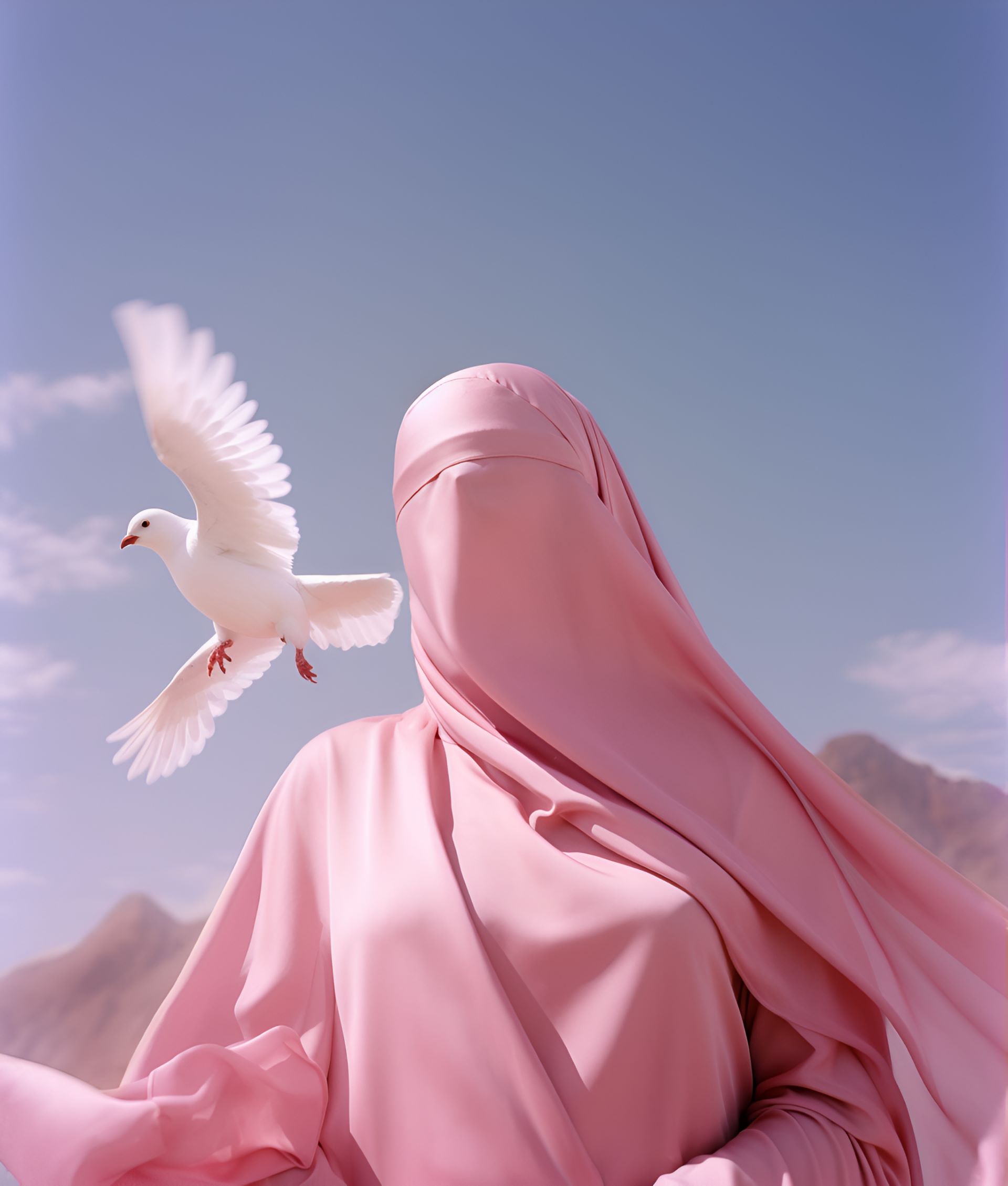
It’s hard not to come back to AI time and time again and, when asked, Al Malki very much refers to AI as a tool, though a revolutionary one that will change how artists create by “unlocking limitless possibilities for creative expression”. But, human talent remains, for him, very much at the forefront, “While concerns over AI’s impact on art are valid, I believe AI complements human creativity rather than replacing it. Artists should embrace AI as a tool for amplifying their vision and fostering collaboration.” And then, of course, there’s the fact that AI removes a whole lot of logistical, financial and technical obstacles due to the fact that none of it is “real”. The end result of all this is a certain democratisation of art, an opening up of possibilities and the potential liberation of a new wave of creatives.
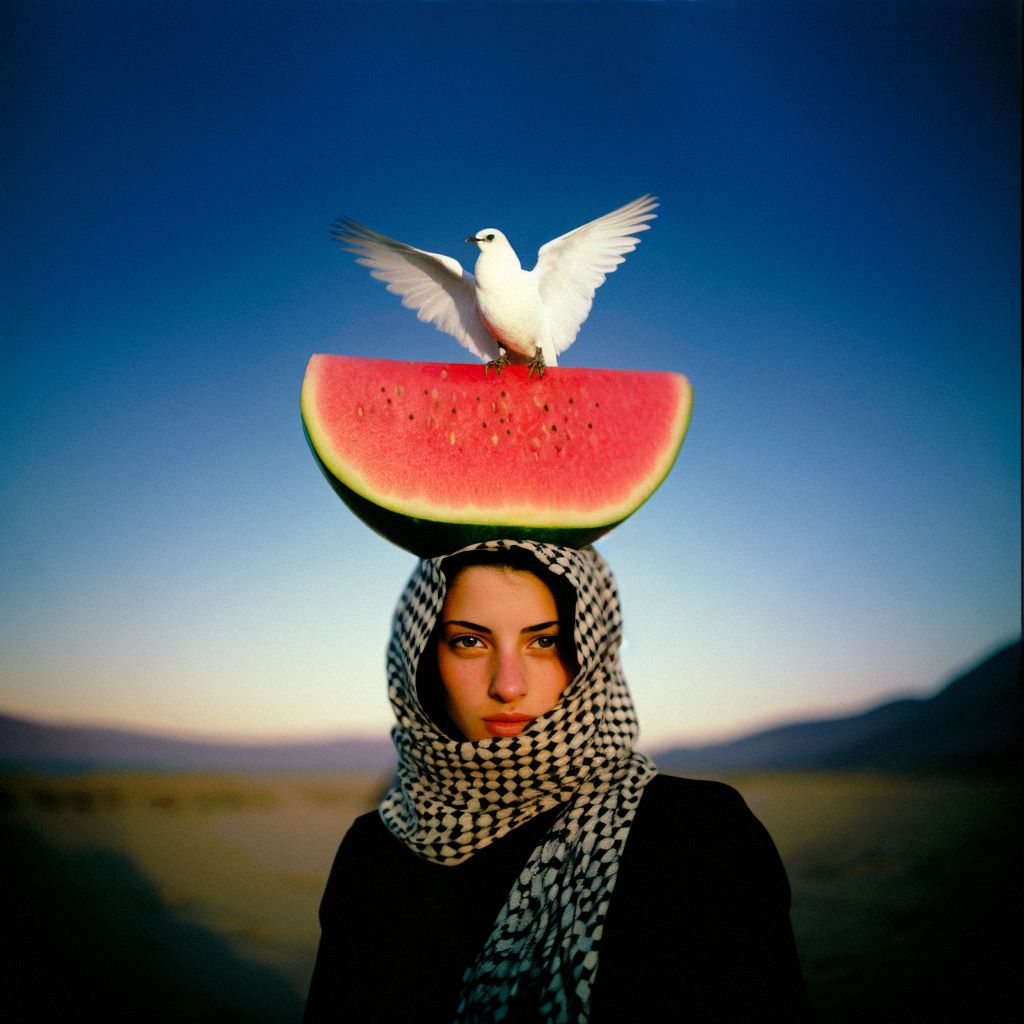
One final thought and we’ll leave AI behind. Al Malki, and many others, believe that the truly limiting element of AI, in its present state, is that it’s incapable of creating something truly new. Everything AI draws from, the argument goes, has already been created. Everything it does, it has been taught, or trained to do. Therefore, everything AI produces is derivative of something. True creativity, holders of this view would have you believe, lies only in the hands of the human. While it sounds entirely plausible for now, whether this remains the case will have to be seen.
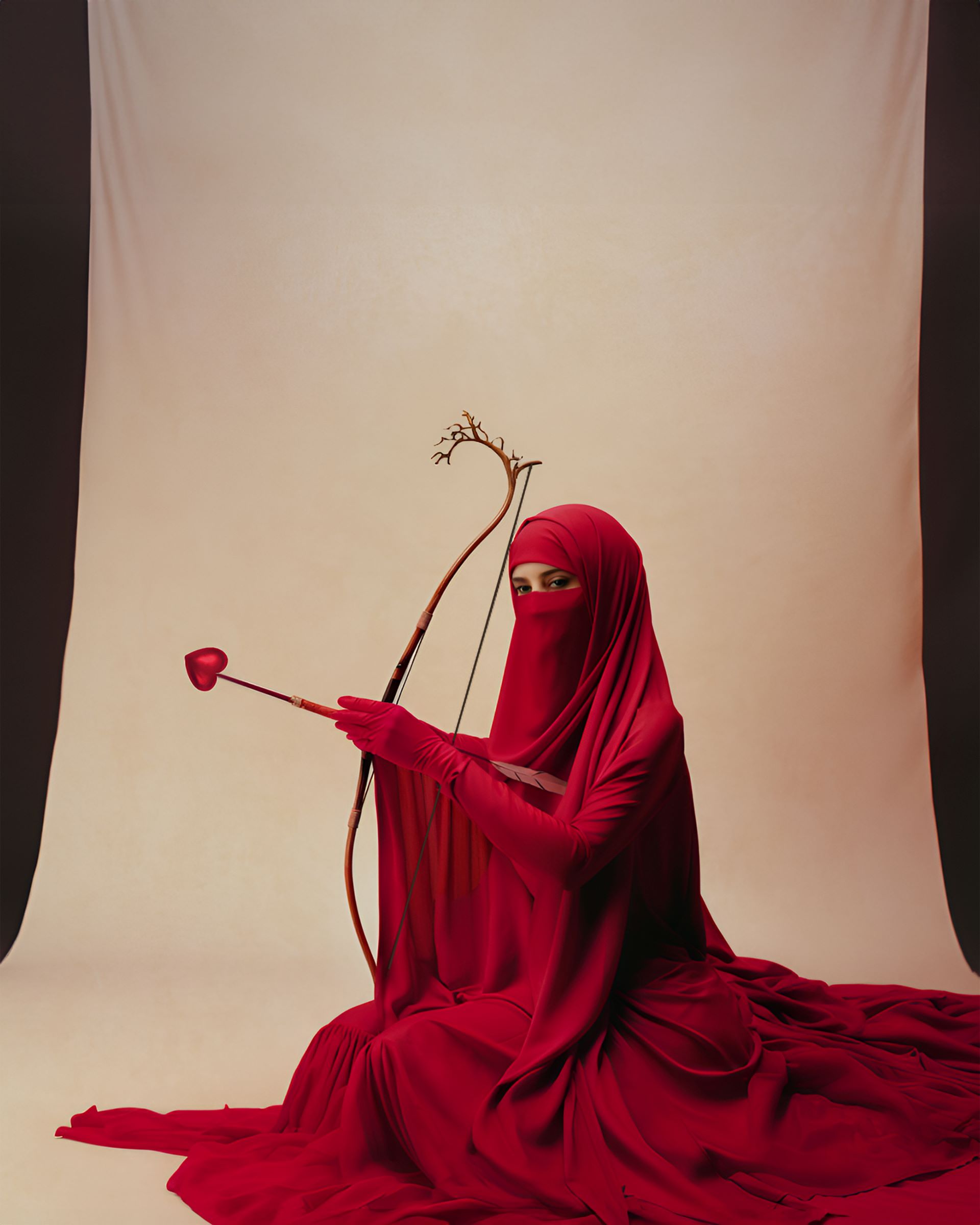
Al Malki’s inspirations for Sard Visuals are certainly all too human, “My artistic influences range from Arab photographers to contemporary digital art pioneers. I am inspired by artists who challenge conventions and evoke emotions through their work,” he says. Al Malki’s own contributions to the artist environment might well be extremely modern, but they’re rooted in a regional experience, his culture and his own past.
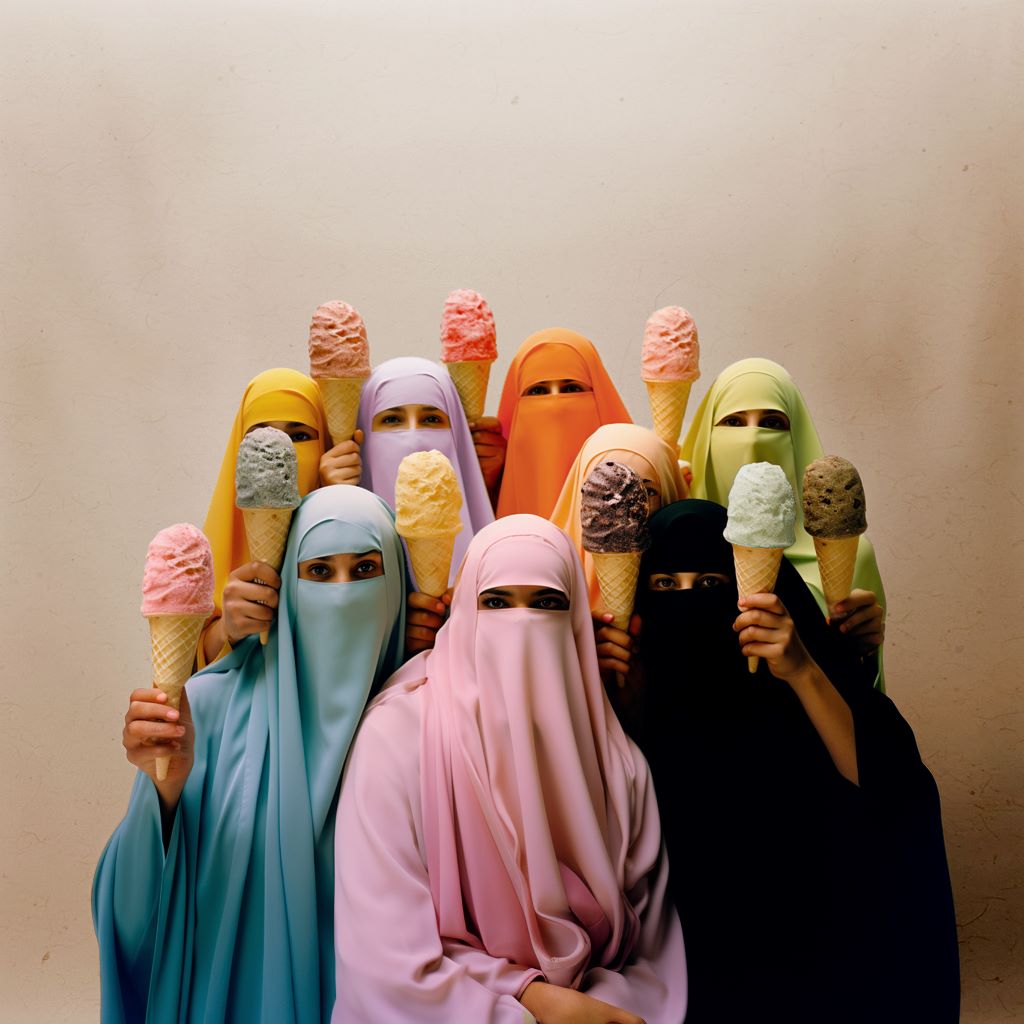
One piece that encapsulates what Al Malki is trying to do is “Gelato”, where a group of colourfully-dressed women are gleefully clutching equally multicoloured gelatos. It’s fun, there’s a clear sense of joy, of friendship, of freedom. It’s a simple image, but it evokes so many emotions and questions, all of which are light-hearted. It’s local, it’s set in a stunning environment and it’s clearly contemporary.
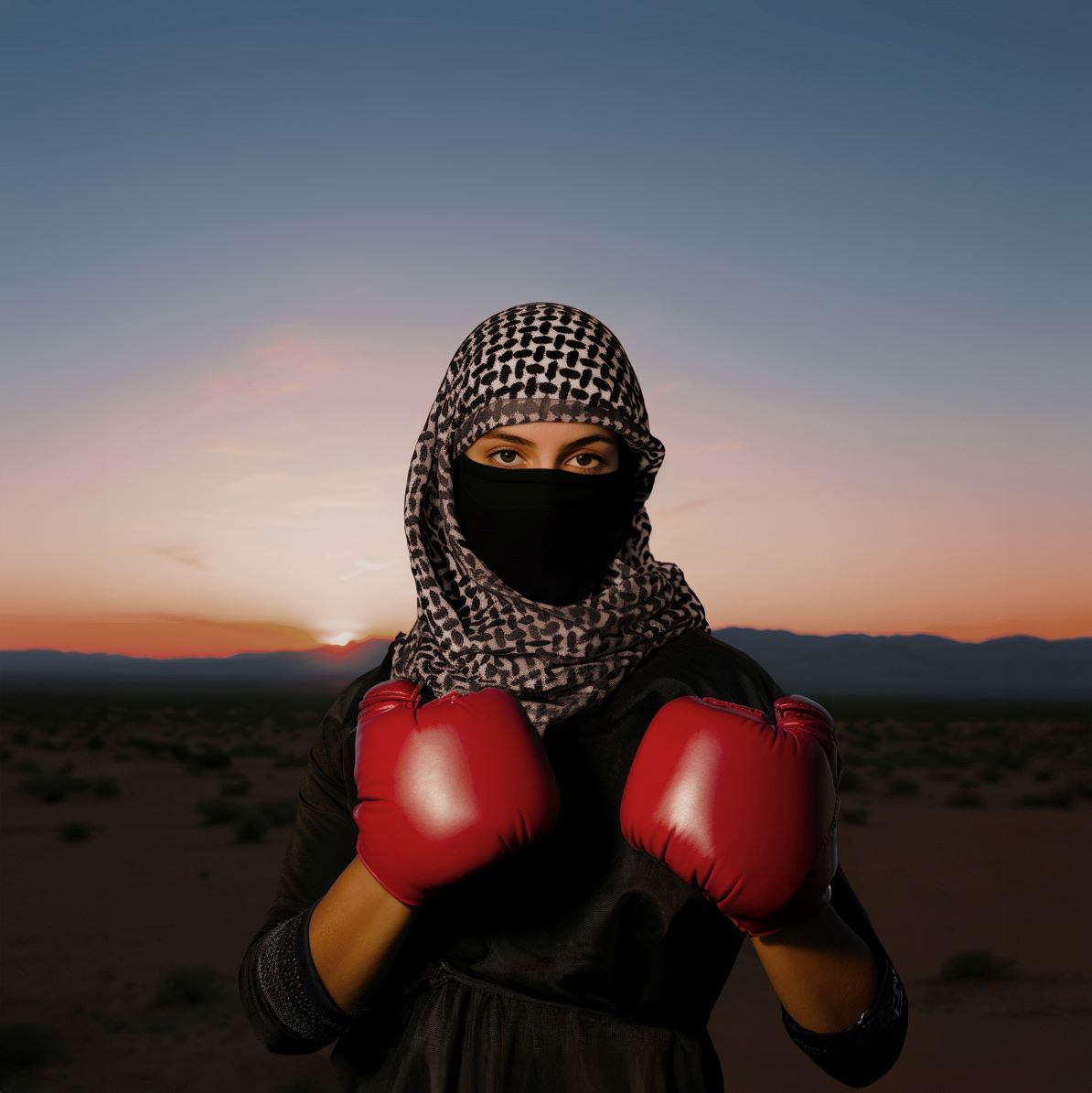
And there it is. Al Malki describes his work through Sard Visuals as “Life in Colours” and these vibrant, diverse stories are certainly that – life, in colour. Full of joy, full of freedom and vitality, they’re a testament to friendship, to a light-hearted moment. But, they’re also ours, they come from our region, they feature our people. It’s rich, it’s beautiful, it’s fun.
For more stories of art and culture, like this about Sard Visuals, visit our dedicated archives.
